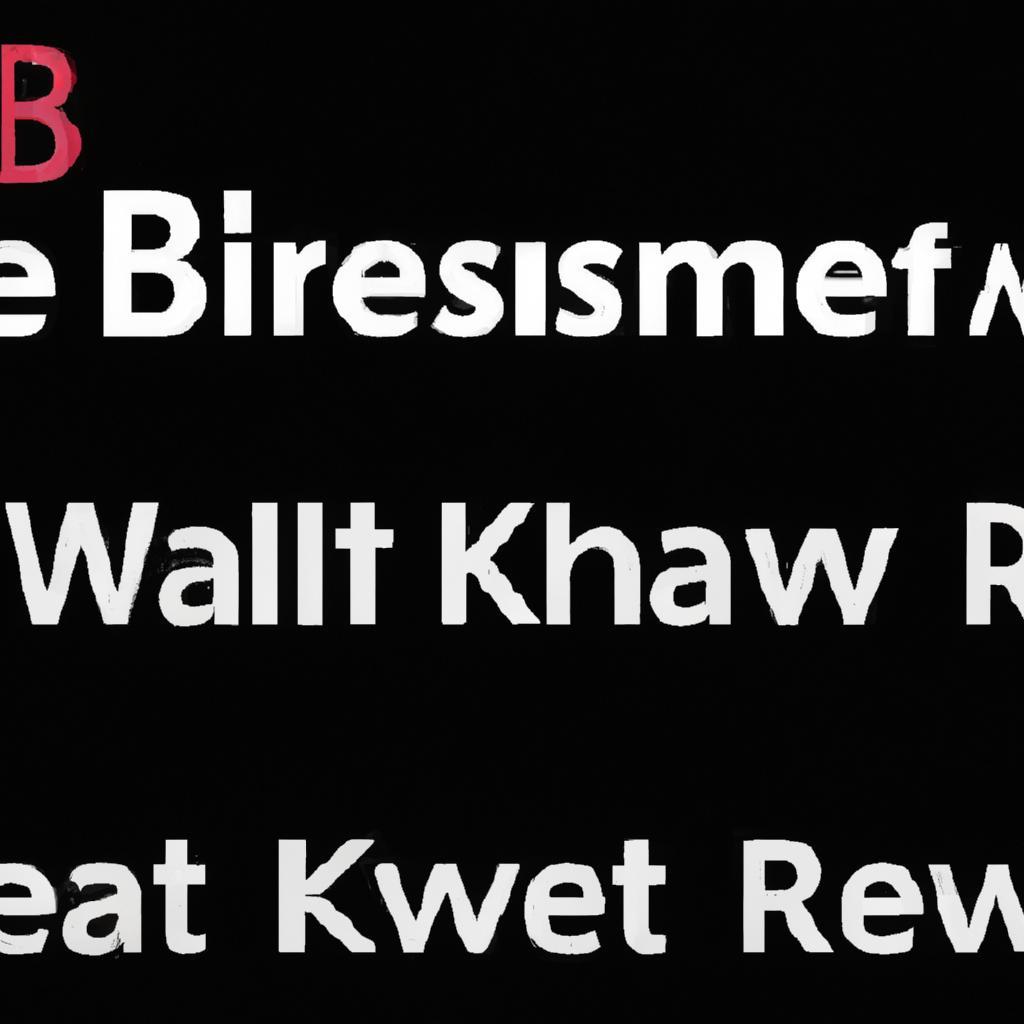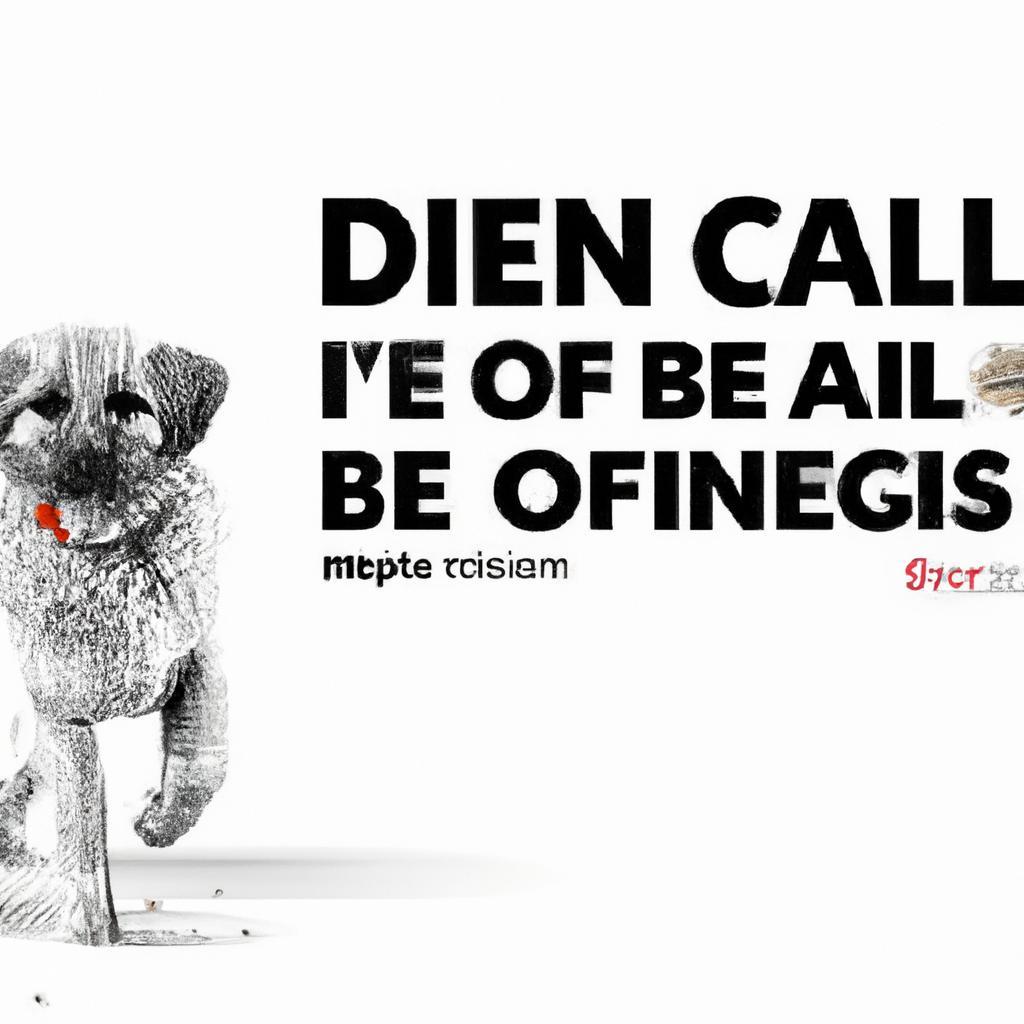In a bustling veterinary clinic, Dr. Emily faced a dilemma: a worried pet owner, Sarah, was torn between kibble and raw food for her beloved dog, Max. One day, Max’s energy plummeted, and his coat lost its shine. Dr. Emily shared a story of another patient, Bella, who thrived on a balanced raw diet, her vitality restored and her coat gleaming. “Kibble can be convenient,” Dr. Emily explained, “but raw food often provides essential nutrients that promote overall health.” Sarah left inspired, ready to explore the benefits of raw for Max.
Contents
- Understanding Nutritional Needs: A Comparative Analysis of Kibble and Raw Diets
- Evaluating Digestibility and Health Benefits of Kibble Versus Raw Feeding
- Cost-Effectiveness and Convenience: The Practical Considerations of Kibble and Raw Diets
- Making an Informed Choice: Recommendations for Pet Owners on Kibble and Raw Feeding Options
- Q&A
Understanding Nutritional Needs: A Comparative Analysis of Kibble and Raw Diets
When it comes to choosing the right diet for your pet, understanding their nutritional needs is paramount. Both kibble and raw diets offer distinct advantages, but they cater to different aspects of canine health. Kibble, often praised for its convenience and shelf stability, is formulated to provide a balanced diet with essential nutrients. It typically contains a mix of proteins, carbohydrates, fats, vitamins, and minerals, ensuring that your pet receives a comprehensive nutritional profile in every bowl.
On the other hand, raw diets, which consist of uncooked meat, bones, fruits, and vegetables, aim to mimic the natural eating habits of dogs’ ancestors. Proponents of raw feeding argue that this approach can lead to improved digestion, healthier skin and coat, and increased energy levels. The absence of processing in raw diets preserves natural enzymes and nutrients that can be lost during the kibble manufacturing process. However, it’s crucial to ensure that raw diets are well-balanced and meet all of your pet’s nutritional requirements.
Another critical factor to consider is the impact of each diet on dental health. Kibble can help reduce plaque and tartar buildup due to its crunchy texture, which promotes chewing and mechanical cleaning of teeth. In contrast, raw diets often include bones that can also aid in dental hygiene, but they come with risks such as splintering or choking. Therefore, pet owners must weigh the benefits of dental health against the potential hazards associated with raw feeding.
Ultimately, the choice between kibble and raw diets should be guided by your pet’s individual health needs, lifestyle, and your personal preferences. Consulting with a veterinarian can provide valuable insights tailored to your dog’s specific requirements. Whether you lean towards the convenience of kibble or the natural appeal of raw, understanding the nutritional implications of each option will empower you to make an informed decision that supports your pet’s overall well-being.
Evaluating Digestibility and Health Benefits of Kibble Versus Raw Feeding
When it comes to pet nutrition, the debate between kibble and raw feeding often centers around digestibility. Kibble, a processed form of pet food, is designed for convenience and shelf stability. However, the high temperatures used in its production can alter the nutritional profile, potentially making some nutrients less bioavailable. In contrast, raw feeding emphasizes a natural diet that closely resembles what dogs and cats would consume in the wild, often resulting in better nutrient absorption. This difference in digestibility can significantly impact your pet’s overall health.
Moreover, the health benefits associated with each feeding method are worth considering. Kibble is fortified with vitamins and minerals, which can help ensure a balanced diet. However, some brands may contain fillers and artificial additives that could lead to digestive issues or allergies in sensitive pets. On the other hand, raw diets typically consist of whole foods, including muscle meat, organs, and bones, which can provide essential nutrients in their natural form. This can lead to improved coat condition, healthier skin, and increased energy levels.
Another critical factor is the impact on dental health. Kibble’s crunchy texture can help reduce plaque buildup, but it may not be sufficient for maintaining optimal oral hygiene. Raw feeding, particularly with raw meaty bones, encourages natural chewing behavior, which can promote better dental health by mechanically cleaning teeth and gums. This aspect of raw feeding can lead to fresher breath and fewer dental issues, ultimately contributing to your pet’s overall well-being.
Lastly, the choice between kibble and raw feeding should also consider your pet’s individual needs and lifestyle. Some pets may thrive on a raw diet, while others may do well with high-quality kibble. It’s essential to consult with a veterinarian or a pet nutrition expert to evaluate your pet’s specific health requirements. By understanding the digestibility and health benefits of each option, you can make a more informed decision that aligns with your pet’s unique needs and promotes a longer, healthier life.
Cost-Effectiveness and Convenience: The Practical Considerations of Kibble and Raw Diets
When evaluating the practicality of pet diets, cost-effectiveness plays a pivotal role for many pet owners. Kibble, often seen as the more budget-friendly option, typically offers a longer shelf life and easier storage compared to raw diets. The bulk purchasing of kibble can lead to significant savings, especially for those with multiple pets. Additionally, the convenience of simply pouring kibble into a bowl without the need for preparation or refrigeration makes it an attractive choice for busy households.
On the other hand, raw diets can present a higher initial investment. The cost of sourcing fresh meats, organs, and bones can add up quickly, particularly if you prioritize high-quality ingredients. However, proponents of raw feeding argue that the health benefits can outweigh the costs in the long run. By potentially reducing vet bills associated with health issues linked to poor nutrition, a raw diet may prove to be a more economical choice for some pet owners over time.
Convenience extends beyond just preparation; it also encompasses the time and effort required for meal planning. Kibble offers a straightforward solution, with pre-measured servings that eliminate the guesswork involved in feeding. In contrast, raw diets require careful consideration of nutritional balance, portion sizes, and safe handling practices to prevent contamination. For pet owners who may not have the time or knowledge to navigate these complexities, kibble remains a hassle-free alternative.
Ultimately, the decision between kibble and raw diets hinges on individual circumstances. While kibble may be the more practical choice for those seeking affordability and ease, raw diets can appeal to those willing to invest time and resources for perceived health benefits. Understanding these practical considerations allows pet owners to make informed choices that align with their lifestyle and their pet’s needs.
Making an Informed Choice: Recommendations for Pet Owners on Kibble and Raw Feeding Options
When considering the best diet for your pet, it’s essential to weigh the benefits and drawbacks of both kibble and raw feeding options. Each method has its unique advantages, and understanding these can help you make an informed decision that aligns with your pet’s specific needs. Kibble, for instance, is convenient and shelf-stable, making it an easy choice for busy pet owners. Additionally, many commercial kibble brands are formulated to meet the nutritional requirements set by veterinary associations, ensuring a balanced diet.
On the other hand, raw feeding advocates argue that a diet consisting of raw meat, bones, and vegetables can lead to improved health outcomes for pets. Proponents of this approach often cite benefits such as **better coat condition**, **increased energy levels**, and **improved dental health**. Raw diets can also be tailored to meet the individual needs of your pet, allowing for customization based on age, weight, and health conditions. However, it’s crucial to ensure that any raw diet is nutritionally complete and safe to prevent potential health risks.
For pet owners considering a hybrid approach, there are options that combine the convenience of kibble with the benefits of raw feeding. Some brands offer freeze-dried raw food that can be rehydrated and mixed with kibble, providing a balanced meal that incorporates the best of both worlds. This method can help ease the transition for pets who may be hesitant to switch entirely to raw food while still offering the nutritional benefits associated with a more natural diet.
Ultimately, the choice between kibble and raw feeding should be based on your pet’s individual health needs, lifestyle, and your ability to commit to the dietary requirements of each option. Consulting with a veterinarian or a pet nutritionist can provide valuable insights tailored to your pet’s specific circumstances. By taking the time to research and evaluate both feeding methods, you can ensure that your furry companion receives the best possible nutrition for a long and healthy life.
Q&A
-
What are the nutritional differences between kibble and raw food?
Kibble is typically formulated to provide a balanced diet with essential nutrients, while raw food diets can vary significantly in nutritional content. However, high-quality kibble often includes added vitamins and minerals to ensure complete nutrition. Raw diets may require careful planning to meet all dietary needs, which can be challenging for pet owners.
-
Is kibble more convenient than raw food?
Yes, kibble is generally more convenient. It has a longer shelf life, requires no preparation, and can be easily portioned. This makes it an ideal choice for busy pet owners who want to provide their pets with a nutritious meal without the hassle of handling raw ingredients.
-
Are there health risks associated with raw food diets?
Raw food diets can pose health risks, including bacterial contamination and an unbalanced diet if not properly formulated. Kibble, on the other hand, undergoes processing that reduces the risk of pathogens and ensures a consistent nutrient profile, making it a safer option for many pet owners.
-
Can kibble support dental health better than raw food?
Kibble can help reduce plaque and tartar buildup due to its crunchy texture, which encourages chewing. While some proponents of raw diets argue that raw bones can also promote dental health, kibble offers a more consistent and reliable way to support oral hygiene in pets.
while both kibble and raw diets have their merits, the choice ultimately hinges on your pet’s unique needs and your lifestyle. Prioritize quality, consult your vet, and choose the best option for your furry companion’s health and happiness.

大家好,我是彼得潘,專業的手法身體治療師。我喜歡探索和研究各種主題,並透過與人工智慧的合作分享專業、實用、有趣的文章。我們定期進行人工審核,以確保內容的準確性。如果您發現文章中有任何不準確的地方,請隨時與我們聯繫,我們會及時糾正。您可以透過 [email protected] 與我們聯繫。



